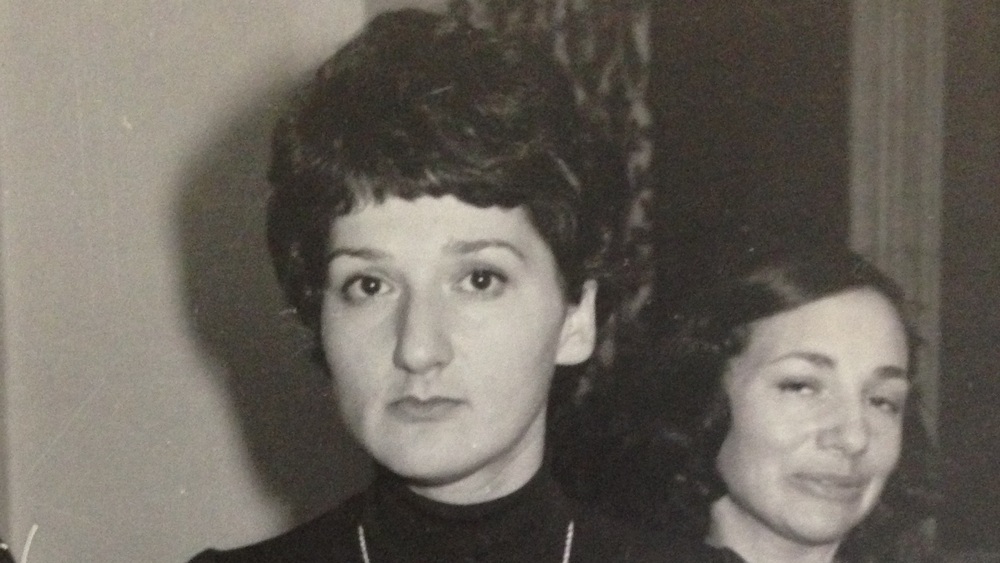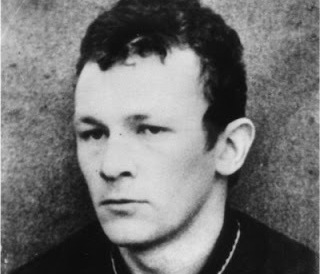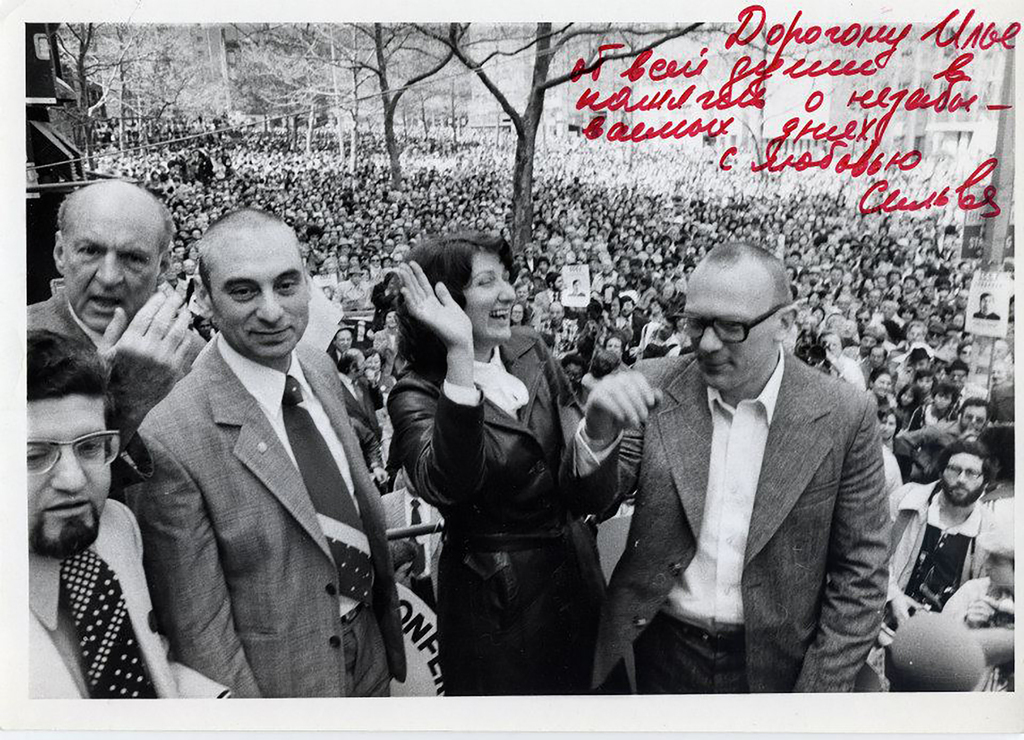In Hanukkah 1970, a group of Jews from the Soviet Union stood trial after they attempted to hijack an Antonov AN-2 aircraft to take them across the border to Sweden, from where they intended to go to Israel.
The KGB, which had been aware of their intentions, was waiting to arrest the group and charge them with treason.
Sylva Zalmanson was raised in Riga in a Jewish family. At 20, she became an activist in the Zionist cause, disseminating Hebrew language study books to Jewish communities around the country, listening to Israel Radio broadcasts in Russian and other such activities the authorities described as crimes.
Zalmanson twice requested to be allowed to leave for Israel and was rejected both times. "You will rot here and never see your Israel," she was told.
Her husband, Eduard Kuznetsov, born in 1939, was a native of Moscow and despite his communist upbringing began voicing anti-regime opinions at a young age.
He was a professional wrestler, studied philosophy at university and joined the Soviet Army in the hope that he would be stationed abroad and would be able to escape his country, but ended up being posted in Moscow.
He was arrested at the age of 22 after editing an underground anti-Soviet newspaper and was sentenced to seven years in a gulag. After his release he was forced out of Moscow and settled in Riga where he heard some Jews there were given visas to leave.
He and Zalmanson met in a Zionist underground cell, fell in love and married.
One month after they were married, another activist suggested a plan that would later be called "Operation Wedding."
The idea was to organize Jewish families who wanted to immigrate to Israel to all buy tickets on the same flight posing as guests in a wedding party. They intended to force the pilots out of the aircraft, providing them with sleeping bags to protect them from the cold, so that one of their number, trained aviator Mark Dymshits, could fly them to Sweden.
Zalmanson, her new husband and her two brothers were among the dozen members of the group.
They knew they could be shot or if they were fortunate merely arrested, but were hoping for a miracle. They also hoped public opinion and pressure from Jews all over the world would bring about their eventual release.
6 View gallery
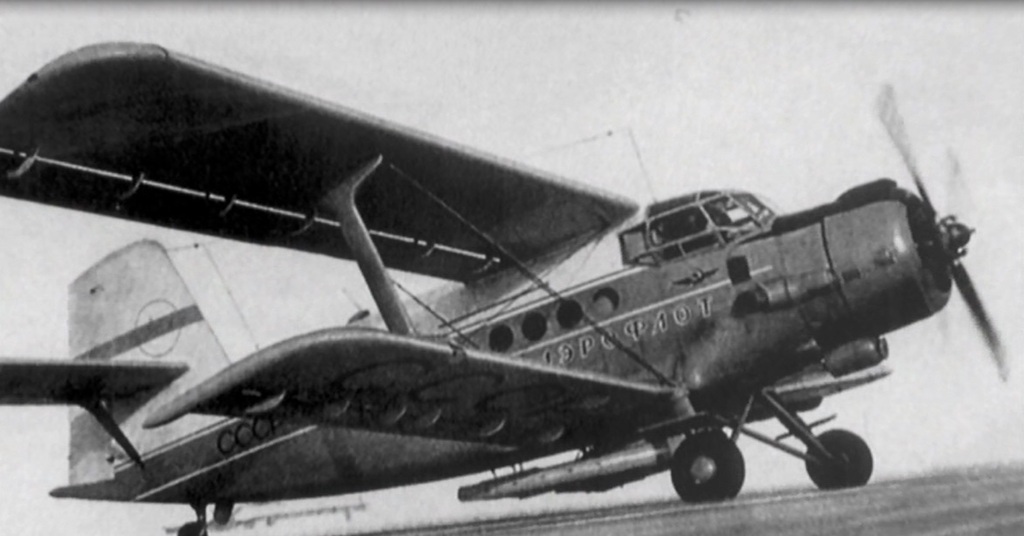

The Soviet Antonov An-2 that the Jewish dissidents planned to hijack to escape the Soviet Union in 1970
(Photo: Courtesy)
An informant told the KGB of the plan and they were all under surveillance. Despite an obvious KGB tail, they made their way to the airfield where they were arrested.
"We knew we had begun our journey to Israel," Zalmanson says of those days. "Though it may have taken years to get there."
On December 15, 1970, the Leningrad trial began. Zalmanson, the only woman in the group, was first to take the stand.
"If you had not deprived us of our basic right to leave the Soviet Union, we would have simply purchased an airline ticket to Israel," Zalmanson told the court.
"Even now in this dock I believe the day will come that I will be in Israel. A faith that has lasted 2,000 years is giving me my hope." She then recited the words of the famous Psalm 137: "If I forget thee o Jerusalem, let my right hand forget its skill."
Those words reverberated around the world, making her a symbol of the struggle of Soviet Jewry in the early 1970s.
When the verdict was read on December 24, most in the group received a sentence of four to 15 years in prison.
Zalmanson was sentenced to 10 years but her husband Eduard and Dymshits were both sentenced to death.
The harsh sentences shook the world and hundreds of thousands took to the streets in capitals all over Europe and in Washington, demanding "Let my people go."
World leaders appealed to then Soviet President Leonid Brezhnev to commute the death sentences of Jews who simply wanted to leave for Israel but were prevented by the regime.
The international pressure worked, and on December 31 the death sentences were commuted and the two men were sentenced to 15 years in prison.
6 View gallery
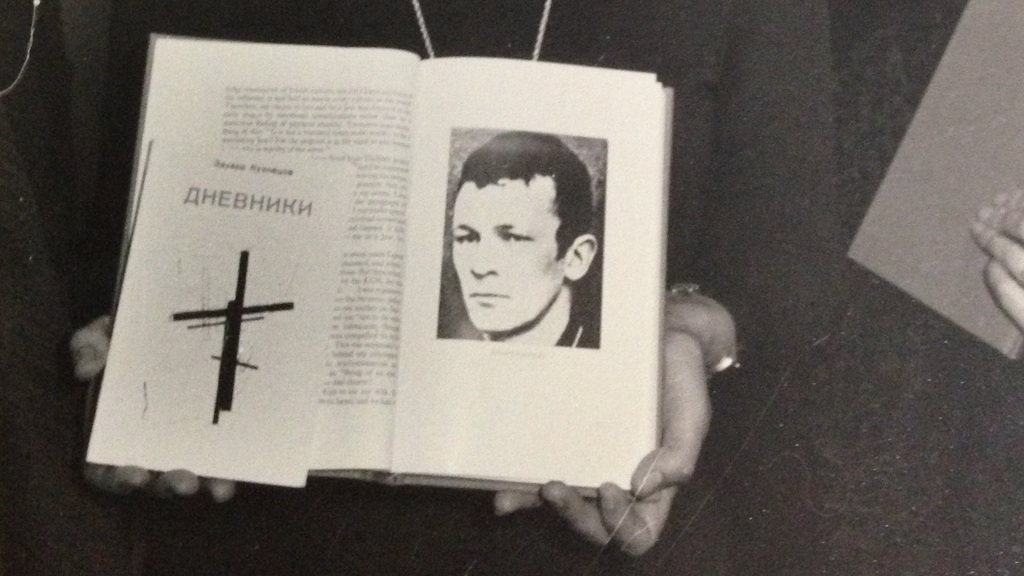

Sylva Zalmanson holds her husband Eduard Kuznetsov's book after it was smuggled out from his prison cell
(Photo: Courtesy)
During his incarceration, Kuznetsov wrote two books which he managed to smuggle out. They were published and translated into several languages.
Zalmanson served her time at Potma women’s penal colony, where she was kept in solitary confinement for six months after hitting a fellow prisoner who had made anti-Semitic comments.
During the time the group's imprisonment and as a result of the diplomatic pressure put on the Soviet authorities, 245,000 Jews were granted visas to leave. This was a dramatic increase, after only 3,000 Jews were allowed to leave in the 1960s.
To her surprise, Zalmanson was released just four years after she was convicted. It was only 20 years later that she found out why - Israel had agreed to hand over Soviet spy Yuri Linov in exchange for her freedom.
The Soviet authorities wanted to claim she was being released on humanitarian grounds and urged her to ask for a pardon. But she refused, saying she would never ask them for anything.
They had no choice but to let her out but she demanded to see her husband and brothers first.
After spending five days with Kuznetsov, she left for Israel where she was greeted by a welcoming crowd at the airport.
Zalmanson spent years fighting for her family and the rest of the group's freedom. She went on a 16-day hunger strike outside the UN headquarters in New York, refusing to eat to the point of losing consciousness.
Nine years after they were sentenced, Kuznetsov and the rest were set free in another spy swap agreed between the U.S. and the Soviets. In April 1979, they arrived in New York where Zalmanson was waiting, and from there flew to Israel.
Just 10 months later, Zalmanson and Kuznetsov welcomed a daughter, Anat. Today she is a filmmaker documenting her family's momentous past.
"I made my film after realizing that the story had only been told from a Soviet perspective and my parents and their friends were labeled as terrorists," Anat said.
6 View gallery
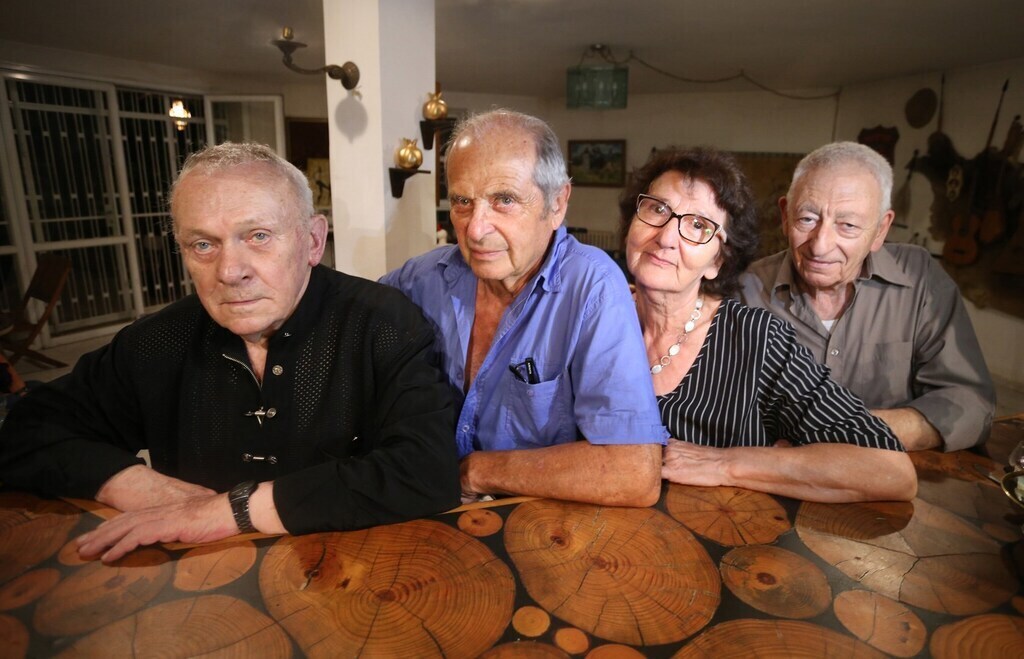

'Operation Wedding' members Aryeh Hanoch, Sylva Zalmanson, Boris Penson and Eduard Kuznetsov in Israel in 2020
(Photo: Dimitry Brik)
"My parents risked their lives and their freedom to leave the Soviet Union and immigrate to Israel," Anat said. "All I that is left for me is to tell their story."


